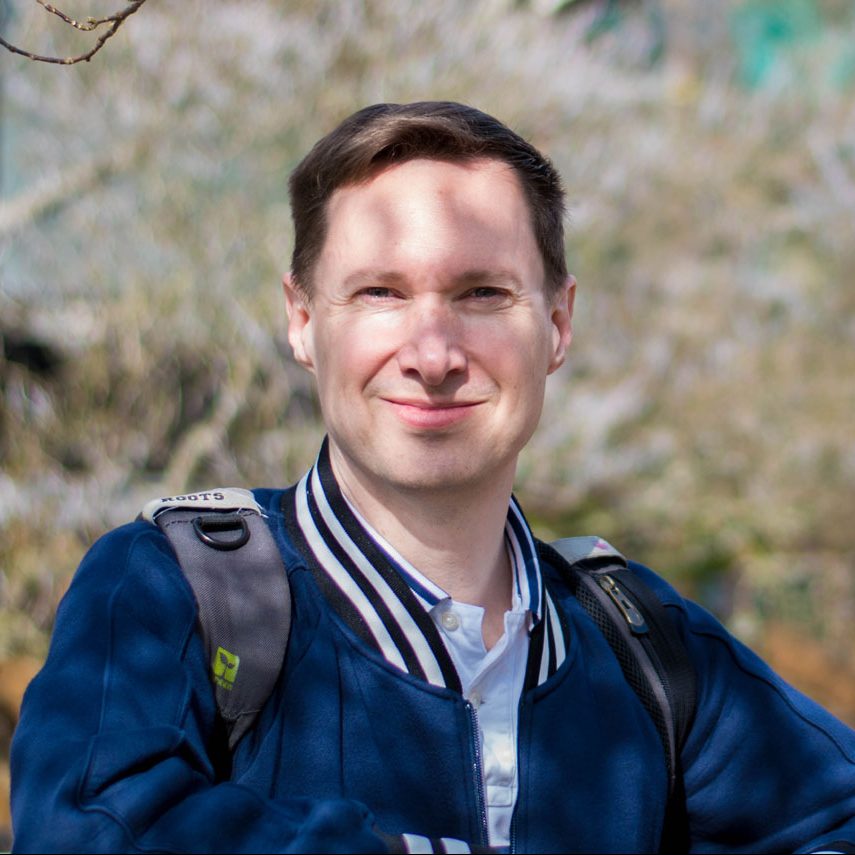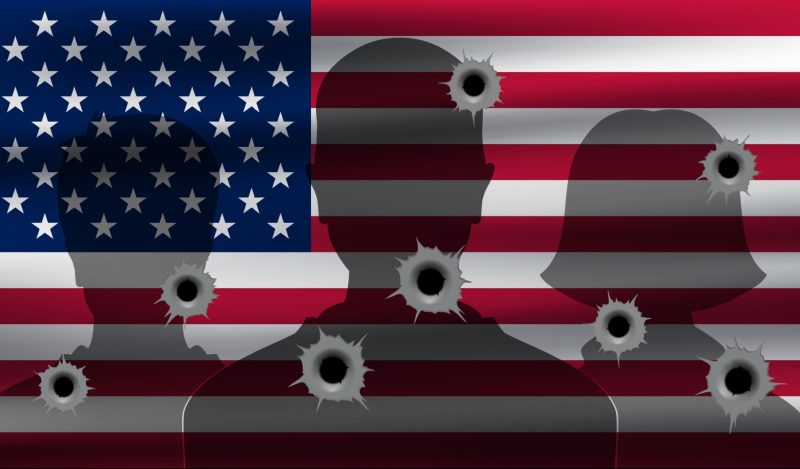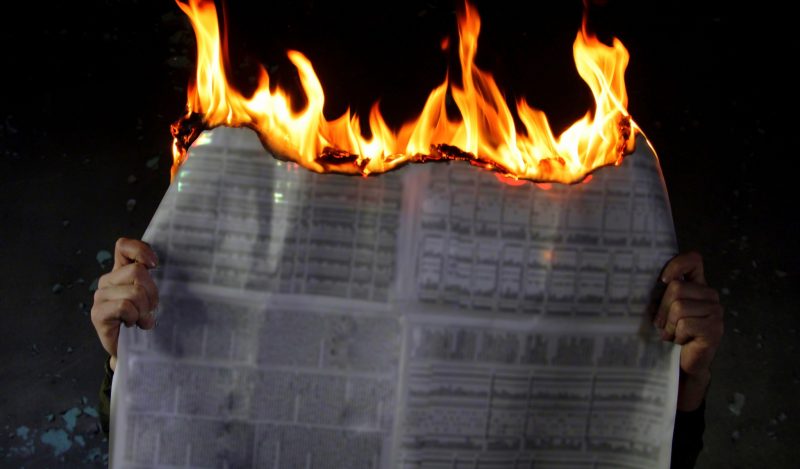There is a hospital in downtown Vancouver called St. Paul’s, which, for those of a certain age, is reminiscent of TV’s St. Elsewhere — a dilapidated facility that, like its tenacious staff, seems ready to crumble under the weight of never-ending stress.
Despite the high level of care and expertise provided at St. Paul’s, its workers are often overwhelmed by a barrage of “problem cases” presented by the city’s 2,000-plus homeless population who disproportionately suffer from a variety of contracted diseases and often find themselves carted to the emergency ward.
Most cities, no matter how affluent, have at least one St. Paul’s.
Homelessness accounts for a staggering volume of emergency room visits, according to a variety of sources. By some calculations, the homeless account for an average of a third of all emergency room visits. The US Centers for Disease Control reports that during 2015 to 2018, an average of 100 homeless people required emergency hospitalization 203 times per year, with the number being 42 times per 100 for the general population. In Britain, homeless people on average had 225 more emergency admissions per year over the general public.
After combining healthcare costs for the homeless with the policing and other social services they require, many studies from a variety of countries have found that it would be cheaper to simply house these people than leave them on the street.
As pointed out by Seiji Hayashi in The Atlantic in 2016:
“The connection between housing and health is coldly logical. The sick and vulnerable become homeless, and the homeless become sicker and more vulnerable … Once homeless, the healthy become sick, the sick get sicker, and the downward spiral accelerates.”
That Atlantic article highlighted programs in California and Washington State that succeeded in achieving cost savings through housing the homeless, while addressing myriad health and addiction issues through compassionate care. Unfortunately, though, such programs have not caught wind through the industrialized world.
The reasons are not difficult to grasp. Taxpayers are routinely outraged by ventures that hand out “free luxuries” to people who have not “earned” them. The entire idea of giving housing to people who have not put in “an honest day’s work” runs counter to the principles we believe our societies are founded on.
What we show through this attitude is that we are willing to pay higher taxes to build medical, legal and social institutions around the problems caused by homelessness rather than give these people a pathway to meaningful lives.
So the argument against housing the homeless does not rest in a selfish, capitalist instinct to “save the taxpayer money,” but from our willingness to sacrifice a segment of society to uphold perceptions of social ranking — regardless of the consequences for hospitals, police, social services, or even our own pocketbook.
The Italian philosopher Giorgio Agamben wrote about the historical practice of reducing selected people in societies to tortured, meaningless lives in his 1995 book Homo Sacer: Sovereign Power and Bare Life. The homo sacer in ancient Roman times was a man who had been designated as “hallowed” or “cursed,” and thus could be killed with impunity. He was not entirely banished from society, as his presence provided an illusion of social order. He was, however, stripped of formal protections and the ability to live a dignified life. By society’s decree, he existed as “bare life,” living with no rights and no purpose except to stay alive.
Such figures can be found throughout history in diverse forms ranging from slaves to those caught in ancient “witch hunts,” even to death-row inmates who are executed despite evidence pointing to their innocence. The Holocaust is the most extreme example, but the same societal attitudes, Agamben implies, would be apparent in the tolerated sacrifice of innocent Iraqi lives in retribution for the 9/11 attacks.
It didn’t matter that Iraqis had no connection to the terror committed against the USA. All that mattered — as with the Jews in Nazi-occupied Europe or slaves in any point in history, or even the “communist sympathizers” of the McCarthy era, or ethnic minorities kept in perpetual states of poverty — was that a group of people were deemed expendable in an act of catharsis.
The groups selected as “worthy of blame” might be identified by race or religion, or simply (in the case of “witches”) that they didn’t sink when dropped in a lake, or (with the homeless) by the visible everyday burdens and blights they place on communities.
Agamben expanded on this construct in his 2005 book State of Exception, in which he demonstrated how growing uses of states of emergency — From Roman times through the French Revolution to 9/11 — are increasingly becoming the norm. It results in the normalization of “biopolitics,” in which governments and corporate establishments increasingly reduce greater numbers of us to “bare lives.”
More recently in essays and interviews, Agamben has broached responses to the Covid pandemic, saying that the harsh restrictions enacted around the globe are being used to remove basic dignities from our lives and enhance powers held by the powerful, not to solve the problem at hand.
Agamben’s pronouncements have caused a great deal of disillusionment among many of his prominent admirers.
“It is almost as if with terrorism exhausted as a cause for exceptional measures, the invention of an epidemic offered the ideal pretext for scaling them up beyond any limitation,” Agamben wrote in February 2020. Although the word “invention” appears to be an uncomfortable choice of words, keep in mind that he does not write in English and some ideas get lost in translation. What has been invented, he likely means, is a narrative and response.
Consider that many of his claims are borne out in research and polling. For instance, Agamben wrote that “unfounded emergency measures” were implemented globally because “the media and the authorities do their utmost to spread a state of panic, thus provoking an authentic state of exception.”
Polling from last August showed that about 35% of the public believed that more than 50% of Covid infections among the unvaccinated resulted in hospitalization, and a further 25% believed that over 20% were hospitalized. The actual figures were 0.01% hospitalizations for the vaccinated and 0.89% for the unvaccinated. Although 0.89% could represent a historically exceptional figure, it cannot be disputed that the media certainly implied figures that are astronomically detached from reality, thus validating what Agamben said.
The media achieved this partly with the once-ubiquitous story of the unvaccinated person regretting their “mistake” while gasping for air in an ICU, without giving us any researched context as to whether this person was an anomaly or one of thousands making the same deathbed confession. This manipulation was easy for the media to do and easy for us to consume because we as a society have chosen our homo sacer, which makes such implications not just plausible but desirable.
Based purely on hypothesis and circumstantial evidence — without scientific backing — the latest manifestation of the homo sacer was blamed for the worst aspects of the pandemic, and thus stripped of many societal privileges. These people have been stigmatized with labels that were overgeneralized and often inaccurate (rightwing, “Trumper”), meant to shame or embarrass (conspiracy theorist, anti-science), or outright slanderous (racist, misogynist).
When considering the stress the homeless have consistently pressed on our hospitals and paramedics — again, worth restating: one-third of emergency admissions — it can be seen that we have dealt with this problem by building our healthcare systems around the problem rather than solving it with less-expensive solutions. Housing the homeless would be seen as benefiting the homo sacer, removing them from “bare life,” so we tolerate the additional resources and systemic stress they require.
On the other hand, allowing the modern homo sacer, the unvaccinated, to use healthcare resources is viewed as a benefit they do not deserve. If indeed hospitals are, or were, overwhelmed and did not have beds for every patient who arrived at emergency, we could have let the medical staff triage those patients as they saw fit.
If a hospital has 20 empty beds and 30 patients arriving at emergency, physicians and nurses at the facility are free to triage those patients based on their best ethical judgment. If they factor vaccination status into their decisions, so be it. If they chose to treat an unvaccinated person with comorbidities over a vaccinated person who is more likely to survive at home, then so be that too. Doctors and nurses are the ones with training in medical ethics and bear the consequences of their decisions.
However, we took it upon ourselves, laypeople with no medical training, to make these decisions on behalf of the providers, all in a bid to keep the homo sacer excluded from the protected freedoms enjoyed by the majority — admission to restaurants, bars, gyms, and the like. It was a carrot-and-stick approach that put aside long-held moral principles against coerced medical treatment during a “state of exception” ostensibly meant to prevent hospital overcrowding.
But all this was done knowing full well that not everybody would take the vaccine, and with results in vaccination and hospitalization not much (or less) better than jurisdictions that did not use mandates and “passports.”
Social scientists predicted that vaccine passports would deter some groups from vaccination while causing backlash and public strife, such as the trucker’s protests in Canada and militant confrontations in Australia and Europe. The media did not balance coverage of the mandates by giving those well-studied warnings any attention.
We also put aside grade-school knowledge of how natural immunity works, and ignored basic virology that told us that mutable coronaviruses could not be eliminated by vaccines the same way stable viruses like smallpox, polio, and measles could.
But this willful ignorance was exactly the point. Just as healthcare-system strife, crime, and higher expenditures are tolerated to prevent the “lazy homeless” from receiving “freebies,” social strife was the preferred alternative to allowing perceived “fringe minorities and rightwingers” from receiving everyday social freedoms.
Now that the pandemic seems to be coming to a close and hospitals are returning to “historically acceptable levels” of stress, what we should be examining in retrospect is what primal desires are being fulfilled in identifying — either consciously or unconsciously — the homo sacers of society, and whether the unvaccinated causing hospital stress was really our chief concern, given that we never gave much thought to burnt-out medical staff during frequent bouts of overcrowding before the pandemic.
If you are one of those who supported the separation of the unvaccinated from society, it is worth considering how your own life was diminished during the pandemic. The range of the homo sacer, those deemed expendable, has been broadened over time from traditional groups such as the homeless, up through the working classes in recent decades, and now large swathes of middle classes during Covid.
Think not of just the vast increase in homelessness during the pandemic, but how a third of small business owners had their livelihoods extinguished because global powers turned their backs on focused protection strategies that would have protected the vulnerable while letting the majority of us live normal lives, and maintain a society for the vulnerable to return to post-pandemic.
The middle class might not have had to do heavy labor while wearing masks on 10-hour shifts, bearing the worst of the pandemic better than the working class. Nonetheless, even white-collar workers were suppressed, stressed, and suffered grave mental health problems in ways the political classes and power brokers did not.
The vast majority of society has been reduced closer to “bare lives” than previously imaginable. We have all stood on the precipice and looked into the abyss. The unvaccinated have simply been easy targets for those people who have suppressed these unrealized fears of being further controlled and diminished by forces they can feel but cannot quite identify.
Published under a Creative Commons Attribution 4.0 International License
For reprints, please set the canonical link back to the original Brownstone Institute Article and Author.









